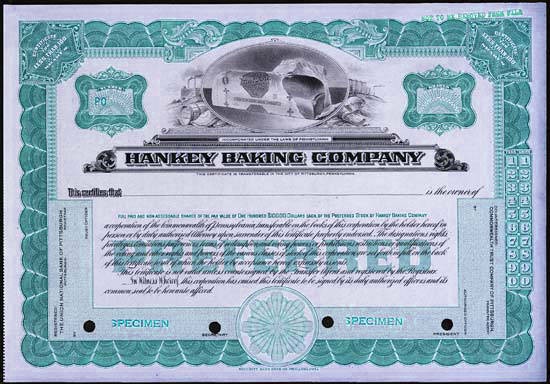Preferred stock
Post on: 1 Июль, 2015 No Comment

A preferred stock. also known as a preferred share or simply a preferred. is a share of stock carrying additional rights above and beyond those conferred by common stock. These rights include priority in receiving dividends and precedence (after creditors) over common stock shareholders in claims to corporate assets upon liquidation.
Contents
Characteristics
However in return for these benefits, preferred stock has limited upside. The stock is normally issued at a fixed price (say $10.00 per share) paying a fixed dividend (say $0.60). The price of the shares will fluctuate with interest rates— down if interest rates go up, up if they go down, like bonds. They will also fluctuate with the perceived financial health of the issuer. If the stock is called or redeemed investors will normally only get par value (ie $10.00 per share). Examples of situations that would cause this to occur include: if the stock is redeemed by the investor (if it has such a provision); called by the issuer (many of them include a call provision allowing the issuer to call them early at its discretion); or the issuer is taken over or liquidated. [1]
As an investment
Preferred stock, as a yield investment, acts similar to a fixed income security, the price reacting primarily to changes in interest rates. Preferreds often do sport high yields, but in addition to interest rate risk, they’re usually subject to call risk and nontrivial credit risk. Some preferreds pay qualified dividends, currently taxable to individuals at a maximum 15% rate. [1]
Preferred stock (or shares) was once widely issued to investors seeking yield. However since the late 1970s it has become possible for most companies to issue high yield (junk) bonds. which have many of the same characteristics of preferred stock but where the interest coupon paid is deductible from corporate taxes. Therefore this is a more efficient form of finance from the perspective of the issuer. [1]
The exception to this general rule is in the case of some financial stocks, particularly banks. Regulators require financial companies to have a certain amount of capital, to shield depositors against losses on their assets such as bad loans. In the balance sheet formula Assets (such as loans and mortgages for a bank) = Liabilities (Depositors and bonds) + Equity. Bank leverage (the ratio between Assets and Equity) is limited to certain maximums by regulators. Included in regulatory capital is common stock (ordinary shares), retained earnings and some forms of securities including hybrid bonds and preference stock (or preference shares). So financial institutions issue preference stock to boost their capital and reduce their leverage. [1]
Performance
The performance of preference stock tends to track the performance of bonds issued by the same company, reflecting both the general level of interest rates and the market’s view of the financial health of a company. If a company becomes financially distressed or bankrupt, then a restructuring is likely. Because preference shareholders rank behind debt holders (such as bond investors) in the sale or liquidation of the company, they usually get very little or nothing if there is a bankruptcy situation. In addition, if the company becomes financially distressed, the directors may deem it prudent that the company not pay any preference dividends— prefererred shareholders have limited legal rights in such a situation, whereas bondholders facing a skipped interest payment have the rights of creditors. [1]
In a sense then preference stock often combines the worst features of corporate bonds (frequently callable; lack of upside) with those of common stock (little protection in bankruptcy; possibility dividend will be omitted). In addition portfolios of preference shares are highly concentrated around financial companies, thus reducing diversification. [1]














